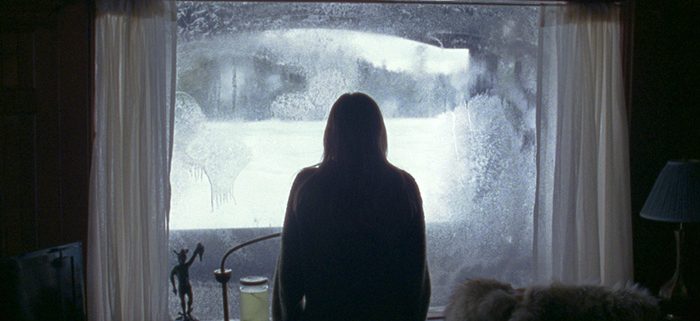Monstrum
by Hope Madden
Very little in life brings me joy quite like a decent creature feature. Even the silly ones where a big, boil-riddled muppet winds up slathering pus leakage all over Korean mountain people in the 1500s.
Especially those.
Hun Jong-ho’s new import takes us back to 1506, a time when the king is beset by troubles: his disloyal prime minister, a plague across the land. That is a lot for one man to handle, and an even larger load once his most loyal guard, Yoon Gyeom (Kim Myong-min), abandons him to save a little girl’s life.
Fast forward a decade or so and strife still divides the nation, but that strife has a new name: Monstrum.
But is that monster really there? Or is it all just a figment of mass hysteria planted by a conniving prime minister? The sleuthing sets up a clever-enough through line and the deception creates space for plenty of gory action sequences.
Jong-ho’s story, which he penned along with Byeon Jeong-uk and Heo-dam, offers a relatively simple “the people have the power” narrative elevated by some nice set pieces and a handful of choice performances.
Myong-min cuts a properly heroic figure: quiet, savvy, handy in a fight. Kim In-kwan makes the perfect sidekick, his comedic moments (though often anachronistic) offer welcome moments of levity.
With K-pop’s Lee Hye-ri (of the band Girl Day), Jong-ho delivers a little 16th century girl power via one spunky adolescent who’s smart, capable, irreverent and fearless. (Another anachronism? Probably, but again, it’s a movie with a giant, pus-dripping puppet. You came looking for realism?)
And hey, who’s that handsome young man beguiled by Hye-ri’s badassedness? It’s Parasite’s Choi Woo-sik, charming as ever.
The film looks great, thanks in part to some exceptional costuming but mainly to cinematographer Kim Dong-Yeon’s capable maneuvering through interiors and exteriors, false backdrops and lushly wooded hills.
Monstrum is no masterpiece—go in expecting The Host and come out disappointed. But for creature feature fun and just a touch of flatulence humor, Monstrum delivers.














